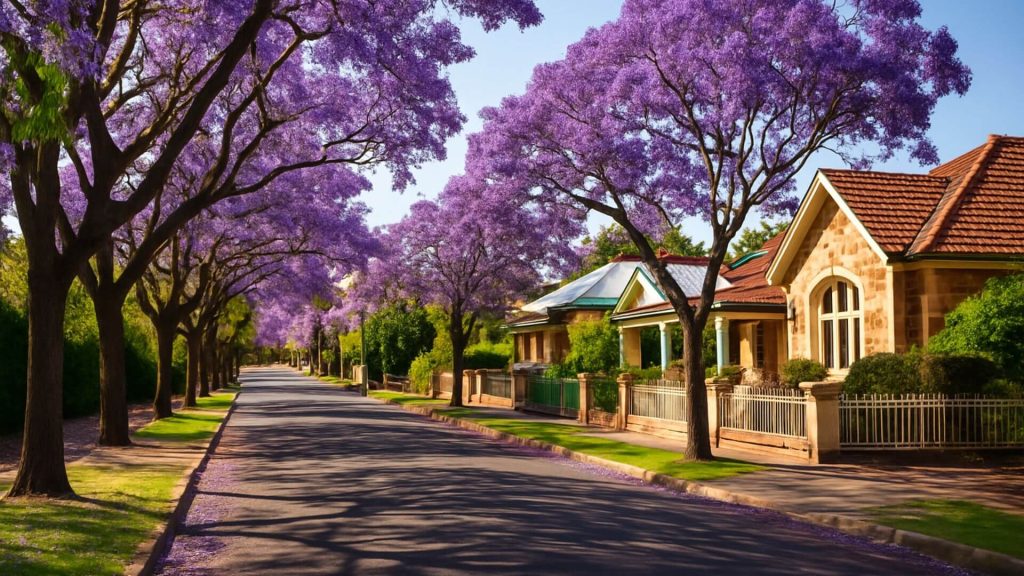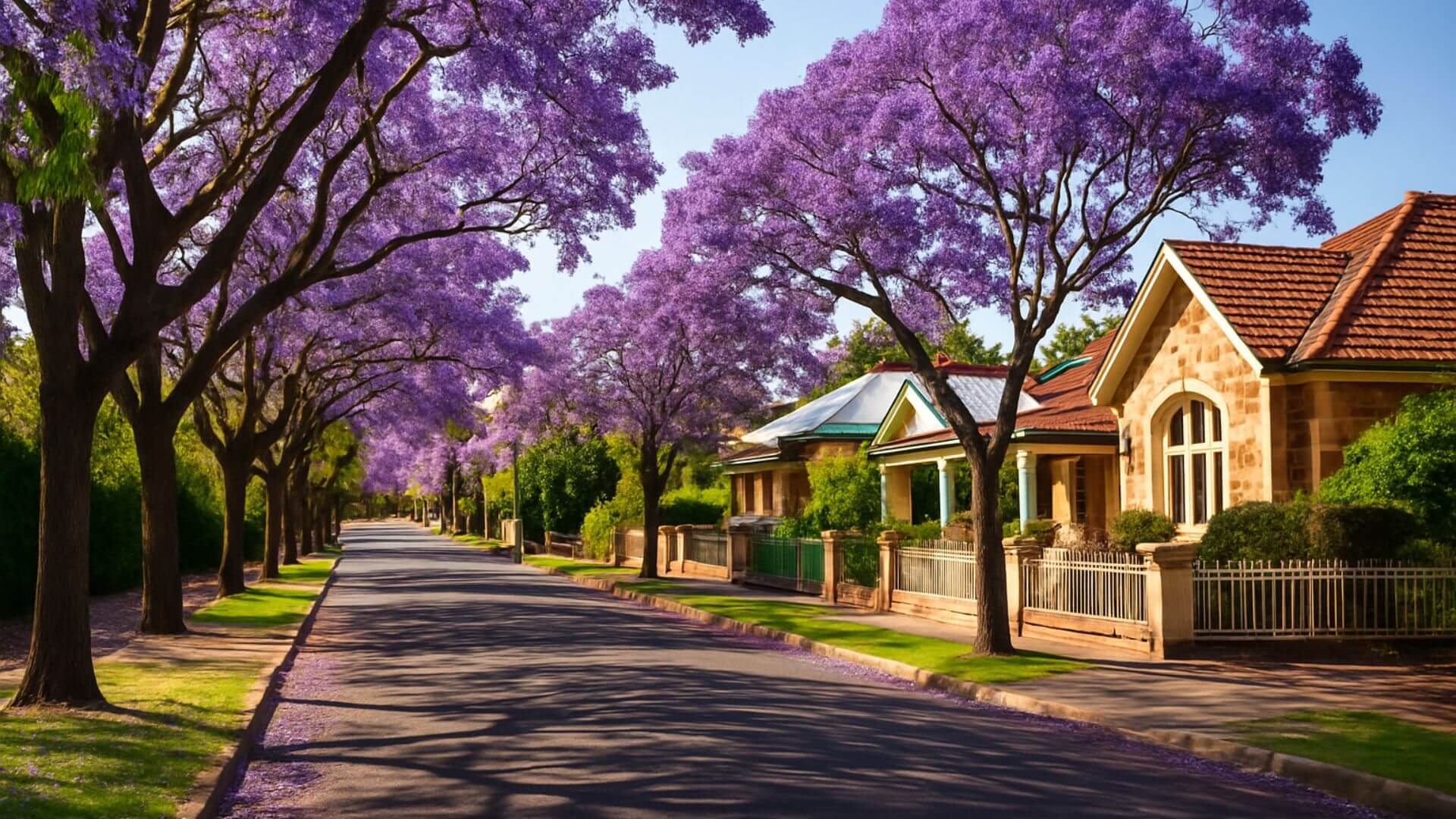The housing crisis in South Australia remains one of the most pressing challenges facing the state. From rising home values to tight rental supply, the landscape is putting pressure on tenants, buyers, and investors alike. While government action is underway, the gap between demand and availability continues to shape daily realities across the residential sector.

Where things stand in 2025
As of May 2025, the median house price in Adelaide hit a record high of $805,000, according to Proptrack. CoreLogic data shows that home values rose 0.4% in May, bringing quarterly growth to 1.3% and annual growth to 8.6%. Although prices are climbing, homes are also taking longer to sell, with a median time on market of 30 days, a sign that affordability pressures may be tempering buyer urgency.
Despite these rising prices, new listings in Adelaide were down 0.5% year-on-year. At the same time, CoreLogic reports a 12.3% increase in sales volumes over the past 12 months, suggesting strong competition for the limited number of homes available. While current data on vacancy rates in Adelaide is limited, broader market indicators show that rental supply remains tight, adding additional stress for tenants.
What’s driving the housing crisis in South Australia?
The housing crisis in South Australia hasn’t happened overnight. A combination of long-term supply issues, increased migration, high construction costs, and planning inefficiencies has contributed to the situation. These factors have placed enormous pressure on the residential market, particularly for low to middle-income households who are feeling the pinch on both rental and purchase fronts.
The steady growth in Adelaide’s population, combined with a strong preference for home ownership, has led to increased demand in suburbs across the city. But with construction activity constrained by labour shortages and planning delays, the market hasn’t been able to keep up.
What governments are doing about it
In response to growing pressure, the South Australian Government has rolled out a series of strategies aimed at increasing supply and improving affordability. Chief among these is the Housing Roadmap, released in 2023, which outlines a plan to deliver 23,700 new homes by 2028. The plan focuses on unlocking land in key growth areas, particularly in Adelaide’s north and south.
Planning reform has also become a key tool in tackling the housing crisis in South Australia. One example is the introduction of co-located housing reforms, which allow for more than one dwelling on a single block in certain local council areas. This type of higher-density housing offers an alternative pathway to increasing supply without relying solely on large-scale developments. (For more on this approach, check out our recent blog post on co-located housing.)
Federally, the Housing Australia Future Fund and the National Housing Accord are providing financial backing and strategic direction to help boost housing supply across the country, including in South Australia. These initiatives aim to support not just the construction of new homes but also the delivery of more affordable rental options.
For a deeper dive into the state’s broader plan, the full SA Housing Strategy 2030 provides insights into long-term government goals and investment areas.
How the housing crisis is evolving
While the latest data shows a slowing in the pace of growth, the market remains competitive. Home values are still rising, and sales activity is strong despite fewer listings. Although a slight moderation in momentum is possible, there’s no indication yet of significant cooling.
With demand still outpacing supply, it’s likely that the housing crisis in South Australia will persist in the short to medium term. The effectiveness of government initiatives will hinge on how quickly land can be released, homes can be built, and planning systems can respond to growing urban needs.
What it means for buyers, tenants, and investors
The effects of the housing crisis in South Australia are being felt across the board. For renters, the pressure is clear: limited vacancy, rising rents, and fewer options. For first-home buyers, record-high prices and increased borrowing costs are major barriers to entry.
Investors continue to see opportunity, particularly in high-demand suburbs with strong infrastructure, transport access, and rental appeal. There’s also growing interest in alternative housing models such as co-located or modular builds, which may offer more cost-effective and efficient pathways to property ownership.
Final thoughts
There’s no question that the housing crisis in South Australia presents complex challenges, but there is movement in the right direction. Policy changes, planning reform, and infrastructure investment are starting to lay the groundwork for longer-term improvement.
For anyone active in the property market, whether as a buyer, renter, or investor, staying informed and agile remains key. Understanding how new strategies might affect housing availability and pricing will help you make smarter, more confident decisions.
Disclaimer: This article is general in nature and does not constitute legal or financial advice. The information provided was accurate at the time of publishing but may have changed since. Always consult a qualified professional and refer to reputable sources before making any decisions or taking action.

